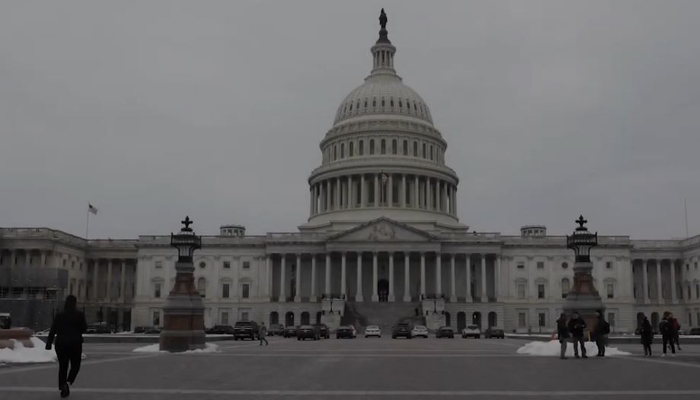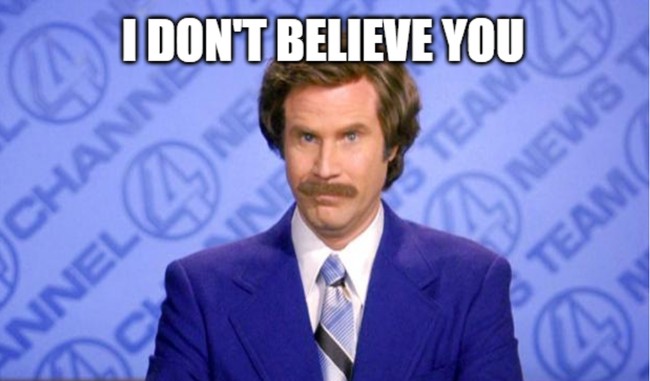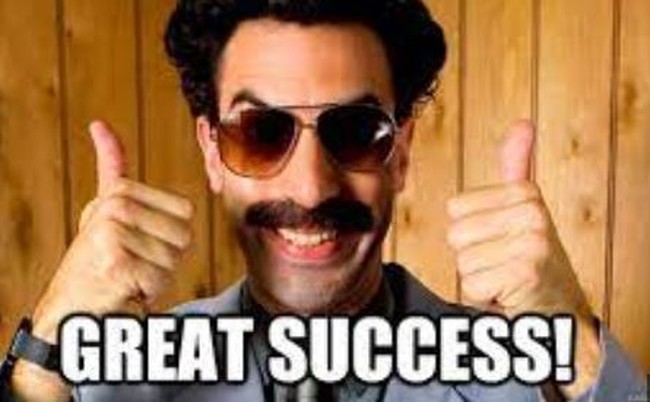
www.theblaze.com
Border Patrol nabs 49 illegal aliens with commercial driver’s licenses
Border Patrol agents in Southern California arrested 49 illegal aliens who, despite their unlawful status, were in possession of commercial driver’s licenses, Blaze News has exclusively learned.El Centro Sector Border Patrol agents arrested some of those individuals while conducting vehicle stops at immigration checkpoints between November 23 and December 12. Others were apprehended during a two-day interagency operation.'The individuals arrested should never have been operating these semitrucks, and the states issuing them commercial driver’s licenses are directly responsible for the fatal accidents we have tragically witnessed recently.'While stopping vehicles at checkpoints along Highway 86 and 111, Indio Station agents nabbed 42 illegal aliens who were operating semitrucks. Of these arrested individuals, 30 were from India, while the others were from El Salvador, China, Eritrea, Haiti, Honduras, Mexico, Russia, Somalia, Turkey, and Ukraine.Customs and Border Patrol reported that 31 of the CDLs were issued by California. The other licenses were issued by Florida, Illinois, Indiana, Ohio, Maryland, Minnesota, New Jersey, New York, Pennsylvania, and Washington.Indio Station agents also participated in Operation Highway Sentinel, an enforcement operation held on December 10 and 11, in collaboration with Immigration and Customs Enforcement’s Homeland Security Investigations.The initiative aimed to enhance the safety of America's roadways following several recent fatal accidents involving illegal alien truck drivers. RELATED: Illegal alien bus driver who can't speak English allegedly kills American while 'distracted by a video on his phone' Photo by CHARLY TRIBALLEAU/AFP via Getty ImagesThe joint operation specifically targeted commercial trucking operations in California and resulted in the arrests of 45 illegal aliens with CDLs. The seven individuals arrested by Indio Station were from India, Tajikistan, and Uzbekistan.RELATED: Trump’s DOT claims 53% of New York’s non-domiciled CDLs were issued illegally Photo by Kevin Carter/Getty Images“El Centro Sector personnel are stalwart defenders of our nation’s security, whether that occurs at the border or in the interior of the United States,” said El Centro Sector Acting Chief Patrol Agent Joseph Remenar. “Since the beginning of Fiscal Year 2026, El Centro Sector’s arrests of individuals in the interior have surpassed those at the border, directly illustrating what can be accomplished when a secure border is achieved.”“The success of this operation highlights the ongoing dangers posed by the unmitigated border crisis we experienced prior to 2025,” Remenar continued. “The individuals arrested should never have been operating these semitrucks, and the states issuing them commercial driver’s licenses are directly responsible for the fatal accidents we have tragically witnessed recently. Together, with our allied partners in Homeland Security Investigations and other agencies, El Centro Sector will continue to ensure that the safety of the American public is at the forefront of our efforts.”Like Blaze News? Bypass the censors, sign up for our newsletters, and get stories like this direct to your inbox. Sign up here!

















